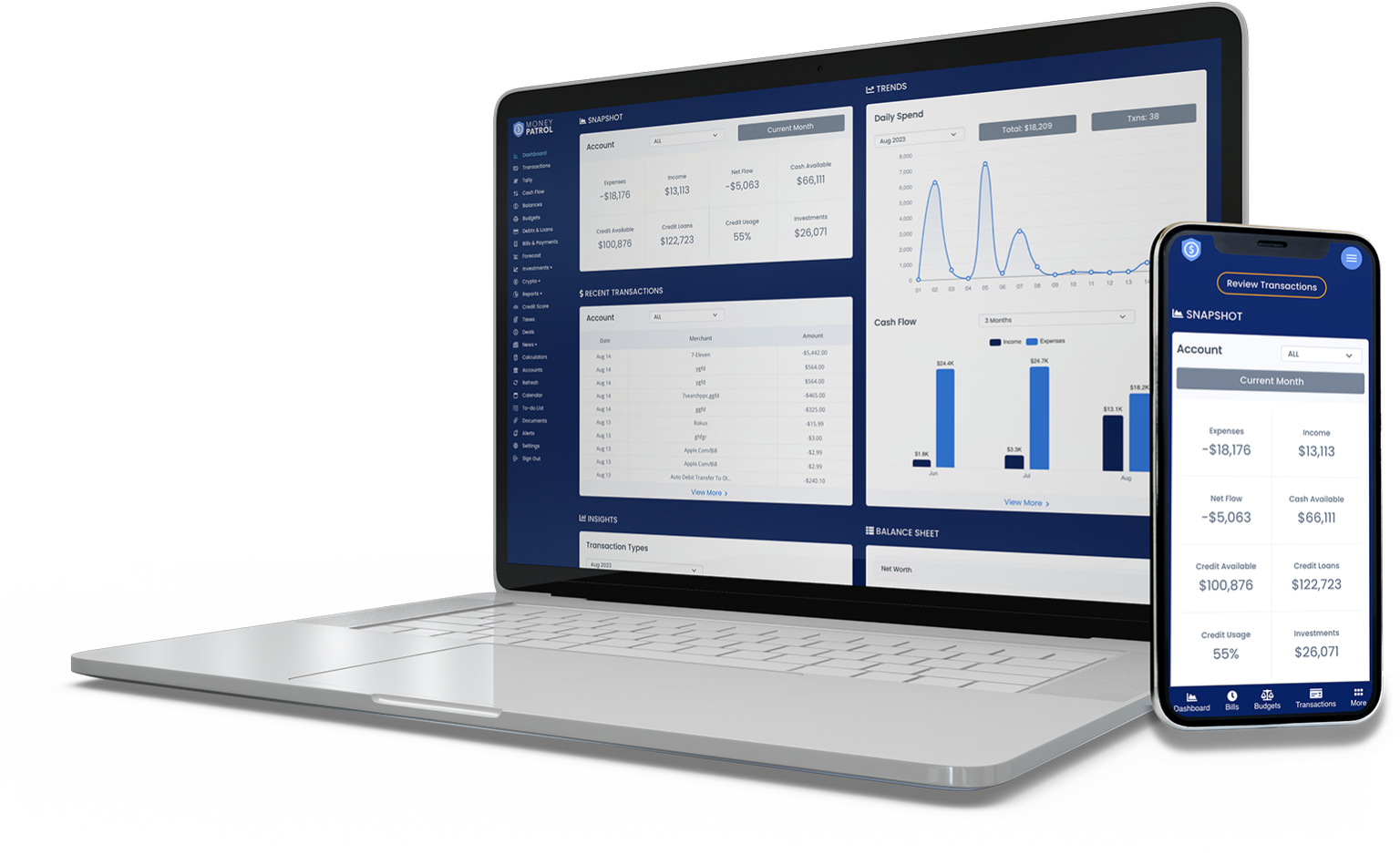An emergency fund is a fund that must assist you to keep on with your lifestyles and meet your compulsory fees without choosing last-minute, unplanned loans, overutilizing your credit score card, or promoting and mortgaging your current assets.
- An emergency fund goes by many names, but it’s a financial necessity for anyone seeking financial security.
The emergency fund is a cash buffer against financial adversities such as losing your job, being evicted, or being in an accident; it’s the financial life raft that keeps you afloat during rough patches. It’s comparable to an emergency safety net, but not always like.
- Following the economic difficulties of 2021, emergency funds are receiving more attention than ever before, especially as even more families have turned to savings to cover necessities during the difficult times of the previous year.
- If the continuing coronavirus epidemic has taught us anything, it’s that an emergency can hit at any time, and there’s nothing you can do about it but be prepared.
While an event such as earthquakes or floods, a health problem that keeps you from working, or an economic downturn that results in job losses and income cuts may be beyond your control, ensuring you have the finances to go through it is.
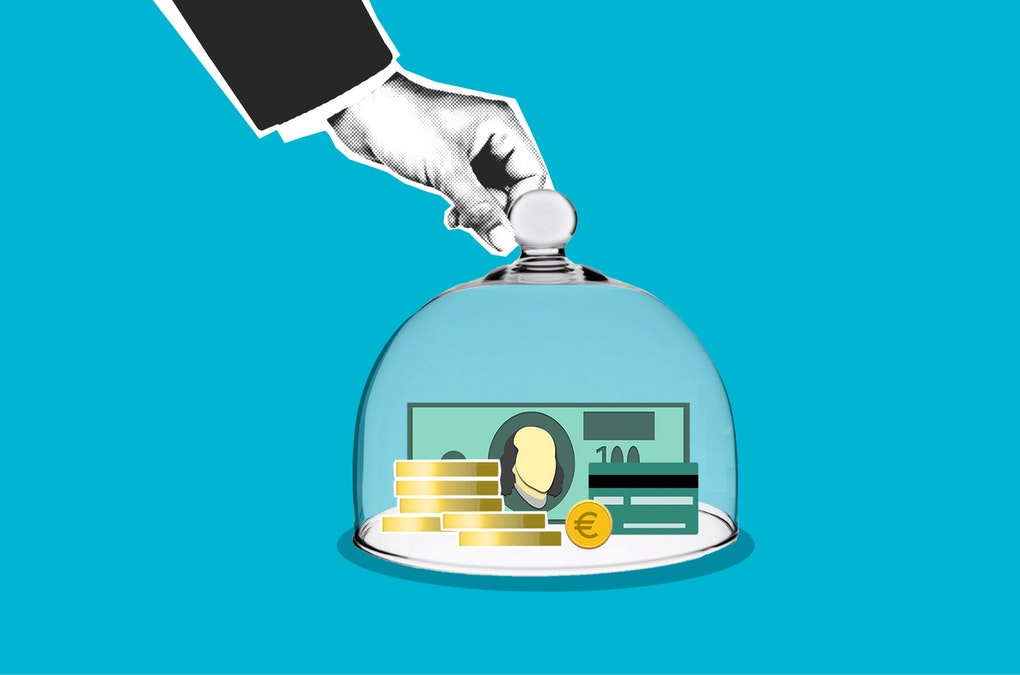
Why Have an Emergency Fund?
In short, an emergency fund is a money set aside for the sole goal of allowing you to continue living your everyday life while dealing with a crisis such as an unexpected auto repair, job loss, or illness.
- If you find yourself in a financial bind, emergency savings will provide you with a safety net until you can get back on your feet.
- However, if you don’t have any emergency funds, you’ll probably wind up borrowing money from family and friends, skipping payments, or putting goods on a high-interest credit card, all of which will put you in debt.
It’s challenging to wring a few dollars from each paycheck to put into an emergency savings account, especially if you’re barely scraping by.
- Yet, it is for this reason that increasing your emergency savings should be a top priority: if you have little or no emergency funds, an accident, illness, or job loss can financially ruin a family.
It takes discipline, patience, and sacrifices to build an emergency fund, but it is possible.
Here are some suggestions for putting together an emergency fund so you can weather the financial storms that life throws at you. We’ve got you covered if you’re not sure how to save for an emergency.
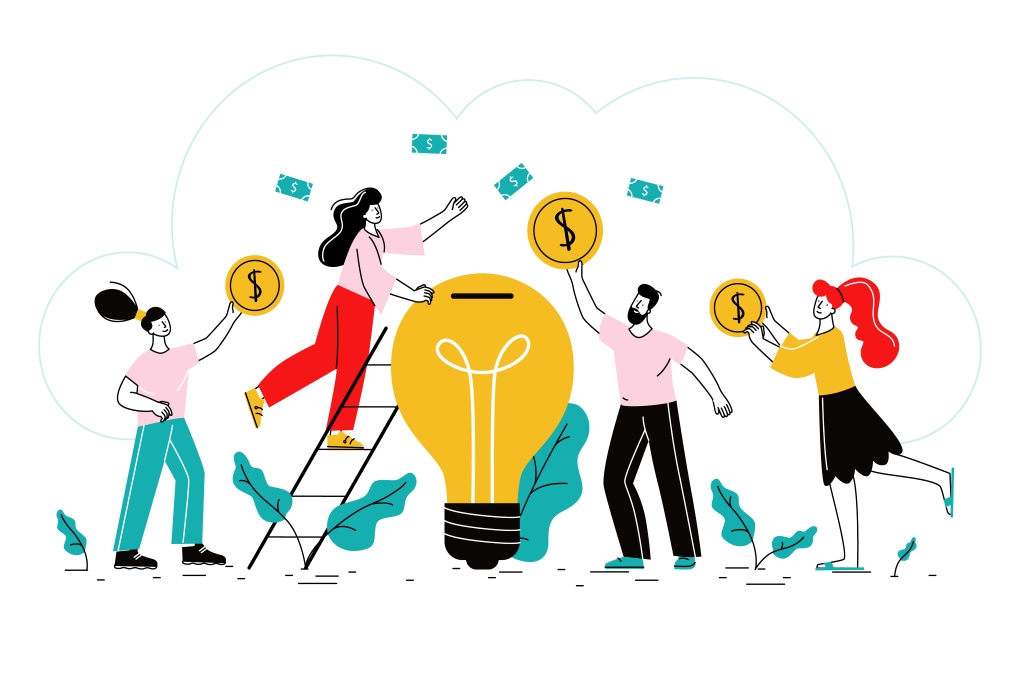
5 Simple Steps to Build an Emergency Fund
How do you go about your life and meet your necessary expenses in times like these?
The solution is to set aside money for an emergency fund to help you get by.
- First, a few reminders: Everyone is unique, as are their financial circumstances. Some people receive a lot of financial help from their families, while others are in debt due to college loans, medical bills, or credit card debt (or a mix of them).
When reading personal finance advice, keep in mind that everything should be considered in the context of your financial circumstances, and you should do what is best for you.
- However, if you’ve managed to avoid severe economic consequences due to the coronavirus epidemic and don’t have an emergency fund, now is the time to start.
- If you had to depend on your emergency funds for a few months but are now in a better financial position, do everything you can to refill those funds in case of another financial emergency.
The ability to pay unforeseen expenses is the primary purpose of having a liquid emergency fund.
- It is an essential feature to consider when deciding where to keep your emergency money.
- You should be able to withdraw funds whenever you need them and without delay.
Simultaneously, you must avoid being charged in the form of an exit load or a pre-withdrawal fine. The value of the investment should not depreciate and should provide exceptional returns.
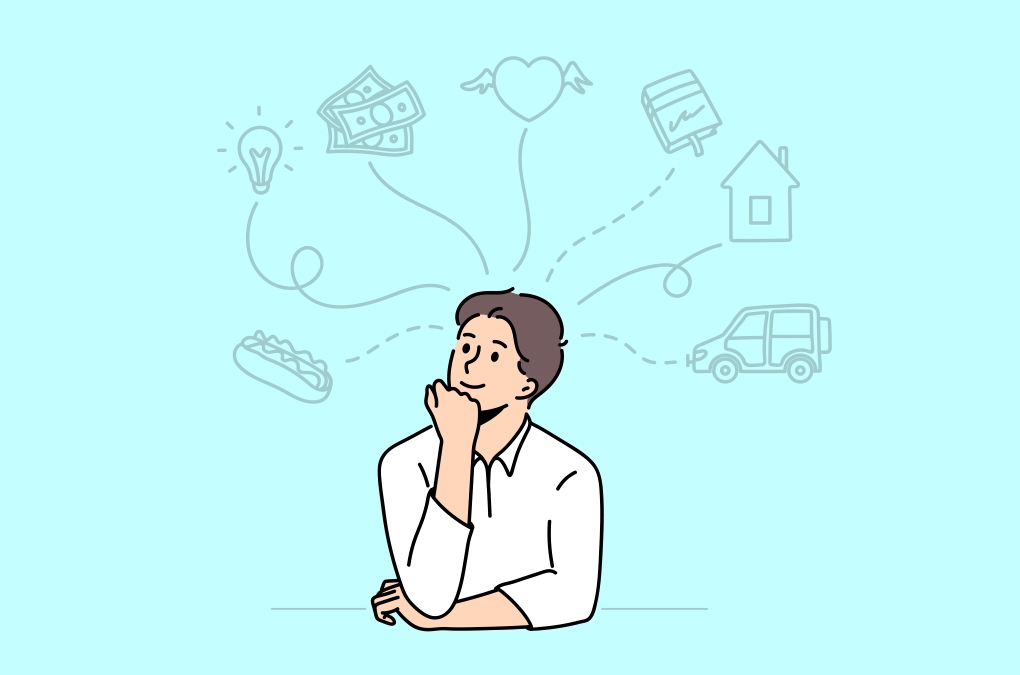
1. Instead of One Primary Savings Goal, Set Multiple Smaller Ones.
From the start, set yourself up for success.
- Rather than immediately aiming for three months’ worth of spending, aim for one month.
- Alternatively, you could wait two weeks. Whatever it takes to make your first objective seem attainable.
- Getting that first objective accomplished can provide you with the incentive to keep going.
- Set the bar higher for your second goal and even higher for your third.
Saving will have been a habit by then, and the positive motivation you’ll have from achieving minor objectives will urge you toward greater ones.
Although some financial gurus recommend saving for 3-6 months’ worth of living expenses, creating an emergency fund of this size is a daunting task. Many of us give up before ever getting started.
- Savings take a long time to accumulate, so it’s crucial to start modest and work your way up.
Some people set a lofty target for their emergency fund straight away, only to find out later that it would take far longer than they imagined. They’ll become discouraged along the process and eventually give up altogether.
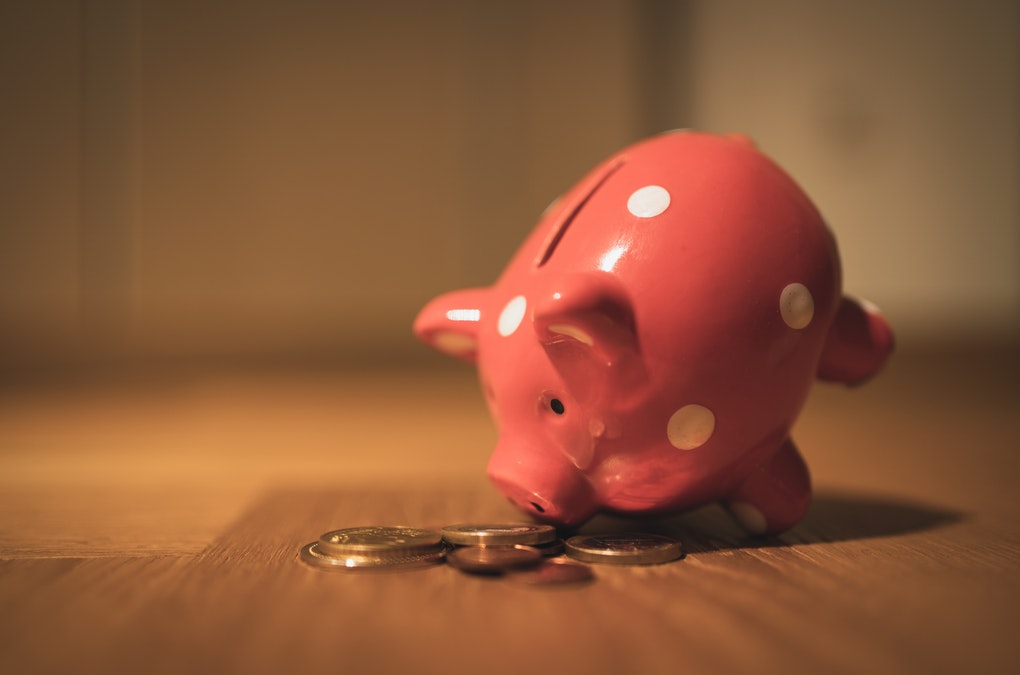
2. Begin with Tiny, Consistent Contributions.
Set your starting contribution amount to a modest amount. It will ensure that your cash flow is not stressed, making it all too easy for you to justify abandoning your savings program.
- Find anything in your life you can do without or with less of – for example, reduce your monthly coffee consumption.
- Spend your money on anything other than a new pair of shoes or a big night out.
Choose a sum of money — $5 or $100 — and save it regularly: once a month, once a week, or once a paycheck.
- The key is to turn it into a habit rather than a conflict.
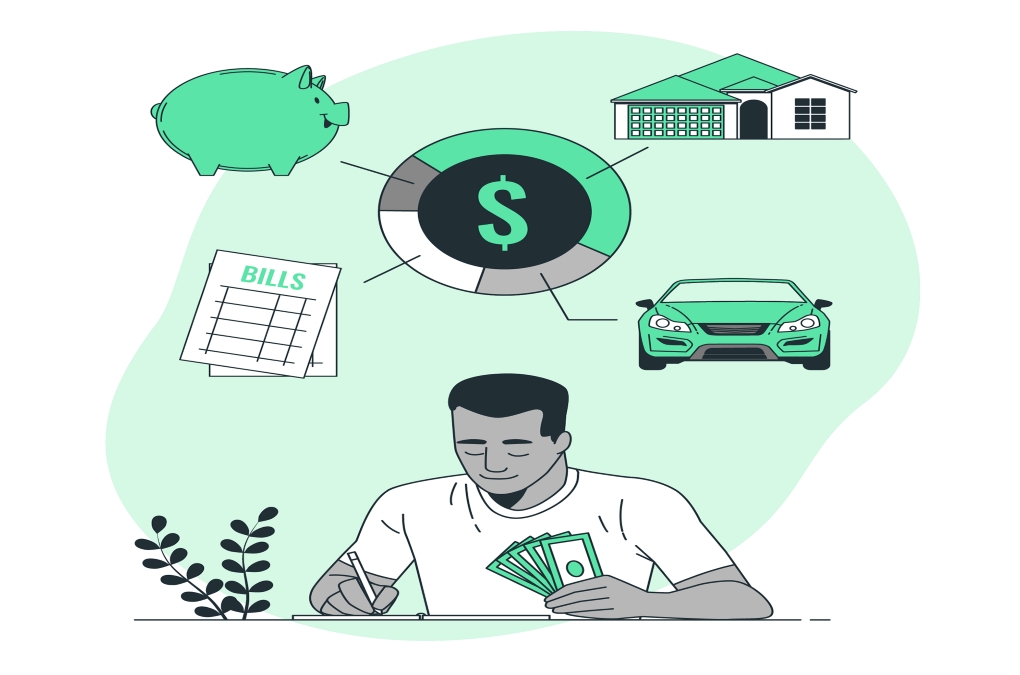
3. Put your funds on autopilot.
The most straightforward approach to save money is never to touch it in the first place. Most employers offer direct deposit, and some may even deposit to multiple accounts.
- After you’ve set up an emergency savings account, the next step is to automate contributions so that they go straight into your savings account.
- You can accomplish this yourself by going to your financial institution or online banking.
Treating your emergency fund as a bill is the simplest way to handle this phase.
- Include your fund contributions in your budget and make a point of paying them at least once a month, just like your other obligations.
If you treat your savings account like a bill, you’ll be able to prioritize where your money goes.
- Set up a separate account for your emergency fund and have your selected contribution amount automatically deposited, either by your company or your bank.
- You won’t have to remember to transfer money to your emergency fund if you set up automatic installments, and you won’t be tempted to spend it on something else.
- You won’t be able to spend money if you can’t see it in your checking account.
Use a savings or other account to which you don’t have easy access rather than a checking account.
- Could you not consider it?
It’s unlikely that you’ll see it. Also, don’t keep an eye on the account balance all the time; this will make growth appear smaller and slower.
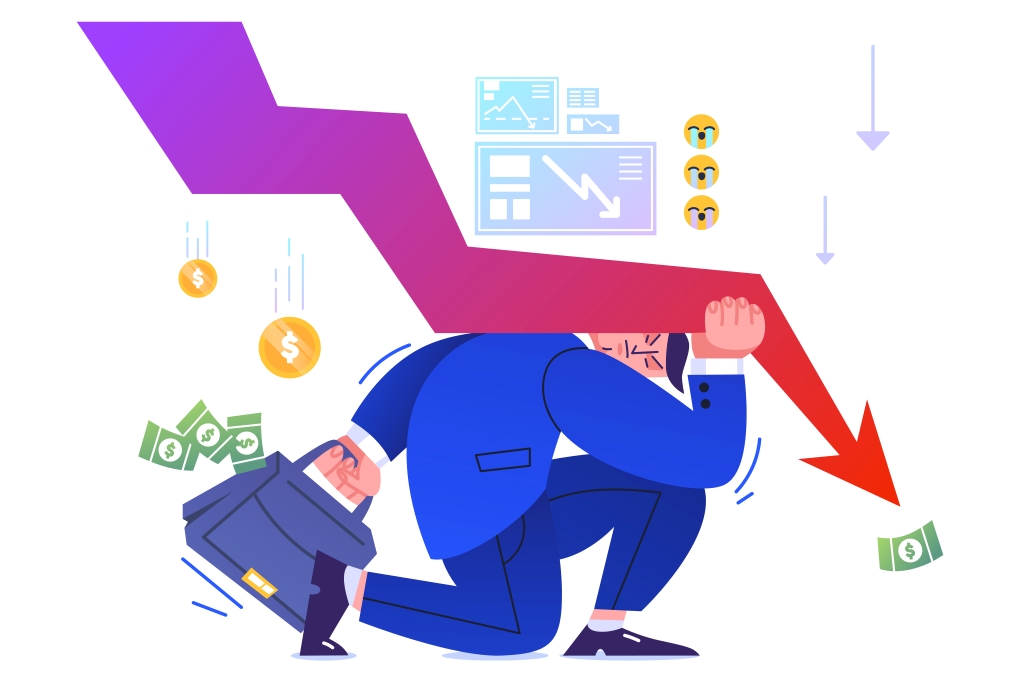
4. Don’t Increase Your Monthly Expenditure or Add More Credit Cards to Your Account.
Don’t be lulled into a false feeling of financial security and allow spending to creep back up once saving has become natural.
- You’re not saving at all if you give up a new pair of shoes each month only to substitute it a few months later with a new monthly purchasing habit!
- If you don’t have enough time to start a business on the side, think about cutting down on your spending.
Here are a few suggestions to get you started if you’re looking for ways to save money quickly:
- More meals should be eaten at home. Make a prepared supper at home instead of going out to eat with friends. Make it a potluck to save money.
- Plan your meals around what’s on sale at the grocery store. Look through your flyers for specials and discounts.
- Make a shopping list and bring it to the grocery store with you. Having a list can help you focus on what you need, preventing you from overspending by filling your cart with unnecessary items.
- Check with your credit card company to see if you can get a lower interest rate. You can put any money you save on interest charges into your emergency fund.
- Examine your memberships and contracts.
If you still have $50 leftover at the end of each month, your savings deposit amount may be too low.
You may be racking up a credit card debt if you don’t have an extra $50. Neither is fruitful. While you shouldn’t stop enjoying life while building your emergency savings, you also shouldn’t overlook its necessity.
- Having a sufficient emergency fund is essential to your financial security.
It alone may make life more joyful. Be realistic, but attempt to meet your long-term savings target as quickly as possible.
5. Don’t save too much.
Or, to put it another way, don’t put too much money into your emergency fund.
- An emergency fund, by definition, is cash that can be accessed rapidly.
That indicates you’re most likely putting it in a low-yielding vehicle, such as a savings account with a low-interest rate.
- A budget is a vital part of any financial plan, and it’s even more necessary to evaluate it regularly to verify that your saving and spending needs are still in line with your current financial condition.
Consider whether you could save more money while analyzing your budget.
- If you regularly spend $100 per month on dining out, check if you can reduce that by $15 and put the money toward your emergency fund.
The same can be said for other discretionary expenses like clothing, entertainment, and personal care. Even if it’s only $5 a month, every little bit counts.
For that reason, after you’ve attained your final goal, you should stop contributing to that account.
- Start putting money into an account that will start earning money on its own — ideally, one of your retirement accounts, where it will produce the most fruit over time.
The ideal size for an emergency fund relies upon some factors, along with your economic situation, fees, lifestyle, and debts.
- Many financial advisors endorse saving sufficient to cowl everywhere from 3 to 6 months’ well worth of expenses, which assist you to climate a modest healthcare invoice or a quick bout of unemployment.
Your emergency circle of relatives might also additionally need to have sufficient to cover 1/2 of a year or more significantly.
- Research indicates that many Americans are nicely quick of the endorsed range.
- A 2020 survey through the Federal Reserve observed that more significant than one-fourth of Americans lacked the capacity to cowl a $400 rate with coins or its equivalents. Among unemployed workers, that parent rose to 45%.
If you’re living paycheck to paycheck, you could need to begin with more significant modest goals, together with setting 2% of your internet profits right into a wet day fund and slowly growing your contribution price every few months.
Even a modest protection internet can assist purchase you a touch time must you face an unexpected economic disaster.
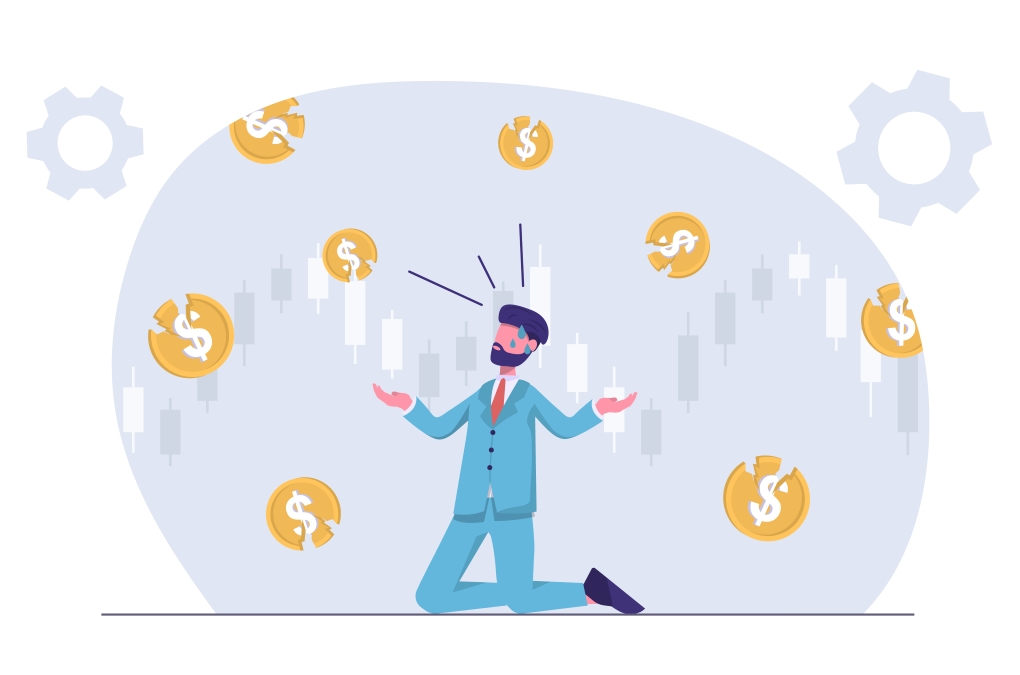
Conclusion
Instead of restructuring your budget, the distance between financial failure and financial success can be determined by having an emergency reserve.- If your car breaks down or you lose your job, you won’t have to put those expenses on a credit card, go into your retirement fund, or ask a friend to loan you money, all of which can lead to debt.
- If you’re paying off high-interest loans or credit cards, make careful to strike a balance between your desire to build an emergency fund and your drive to get out of debt.
- Instead, you might choose to start with a smaller emergency fund goal and apply any additional funds to your debt.
- When you put money aside, intending to use it in times of financial distress, you create an emergency fund.
- It may involve losing your job, suffering a crippling sickness, or needing extensive repairs to your home or car—not to mention a massive economic crisis and lockdown like the one that occurred in 2021.
- Many financial experts recommend setting aside three to six months’ worth of spending to help you weather a modest medical bill or a temporary time of unemployment.
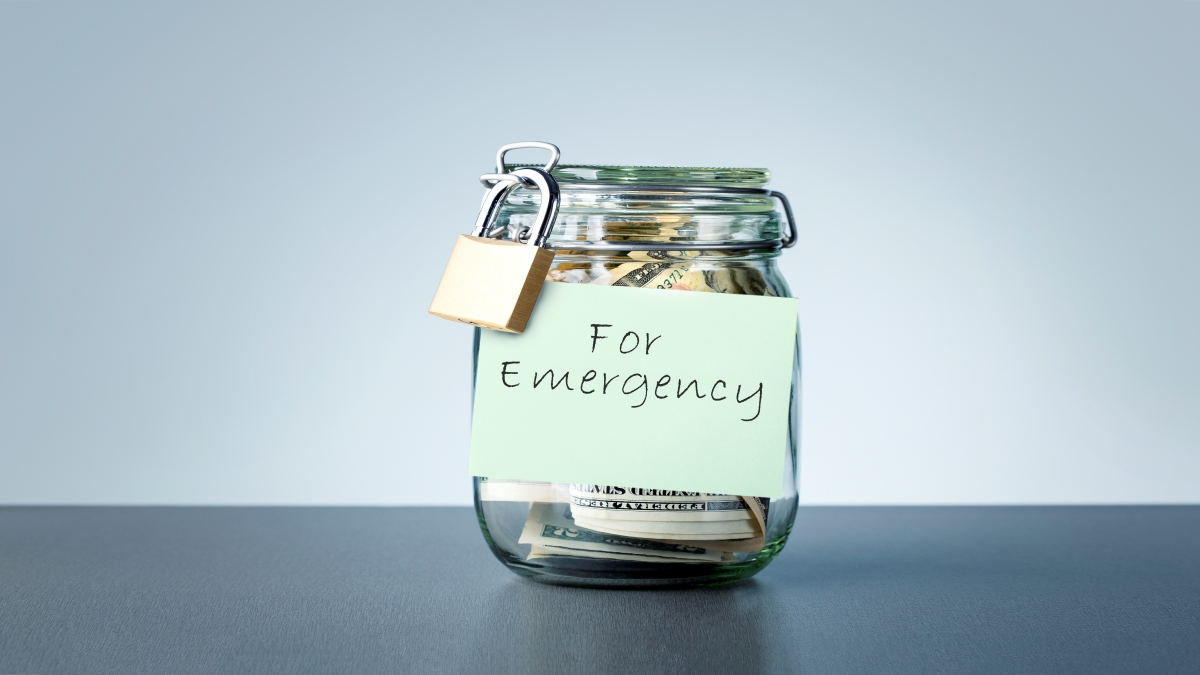
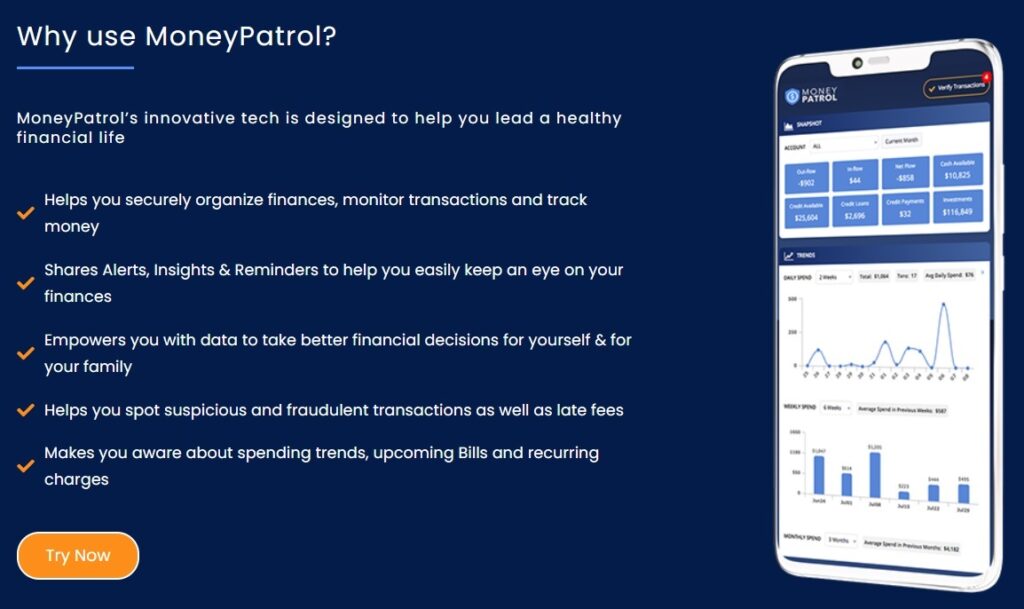

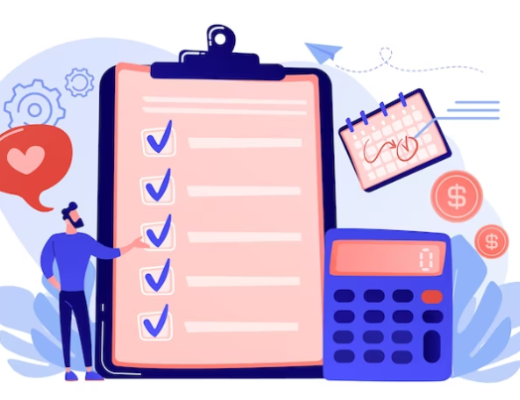
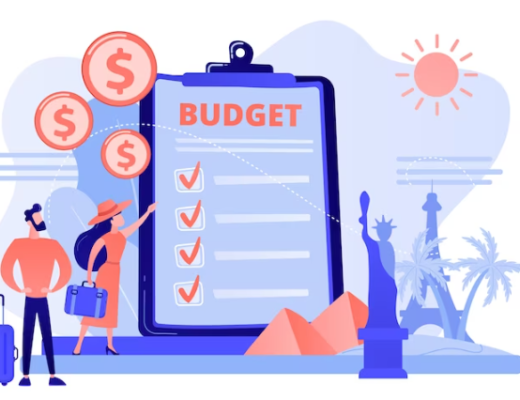
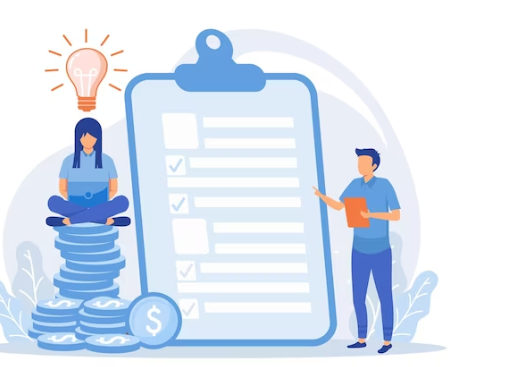
 Our users have reported an average of $5K+ positive impact on their personal finances
Our users have reported an average of $5K+ positive impact on their personal finances
